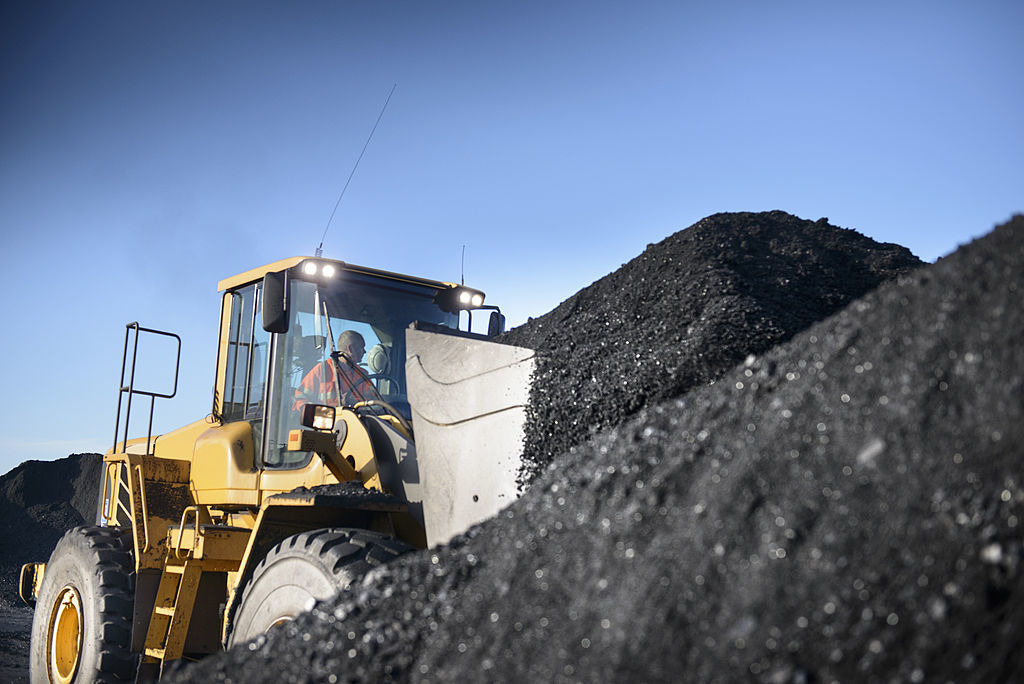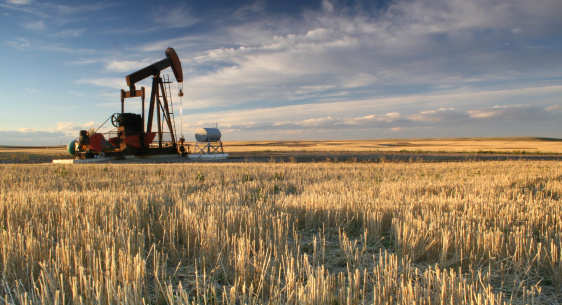
March 27
Coal India offers 10 million tonne of coal for summer stock of power plants
NEW DELHI: Coal India Ltd (CIL) is offering 10 million tonne of coal, adequate for 2,000 mw, for open market auction exclusively for generation stations — the largest such offering being made to quickly shore up fuel stock at thermal power plants as 91 major water reservoirs run low on scanty winter rainfall.
CIL is also going to increase coal transportation by trucks and captive rail lines — called merry-go-rounds in industry parlance — to hasten shipments to reduce pithead stocks piling up on the back of rising coal production.
CIL is currently pushing a record 320 rakes daily, 280 of which are for power stations, marking a growth a little under 9%. But still, the company has run up pithead stock of 49 million tonne (mt) as daily production has risen to about 3 mt. Idling pithead stock results in degeneration of coal quality and lower price realisation for CIL.
Sources said a pithead stock of 30 mt, good for 22 days of generation at current consumption level, is ideal since current norms entail upon the 113 power plants monitored by Central Electricity Authority to maintain an equivalent stock. At present, power plants have 16 mt stock, which can last them 11 days.
The twin measures are expected to avoid a repeat of last year’s situation when coal demand spiked as thermal plants raised output to bridge shortfall in generation from hydel, wind and nuclear sources. In the August-September period of 2017, nuclear generation had fallen 36%, wind 14% and hydel 12%. Supplies from Bhutan too dropped. This gap was met by coalfired plants, which saw generation rising by 17% as they were run at 58% of capacity against 52% in August 2016.
This had led to coal demand rising by 20 million tonne. Coal India raised despatch by 21% but it still proved inadequate because power demand spiked with rising humidity. Since then, the coal and railway minister Piyush Goyal has initiated several steps to ensure adequate coal stocks at power stations, some of which are still operating with low fuel stocks.






